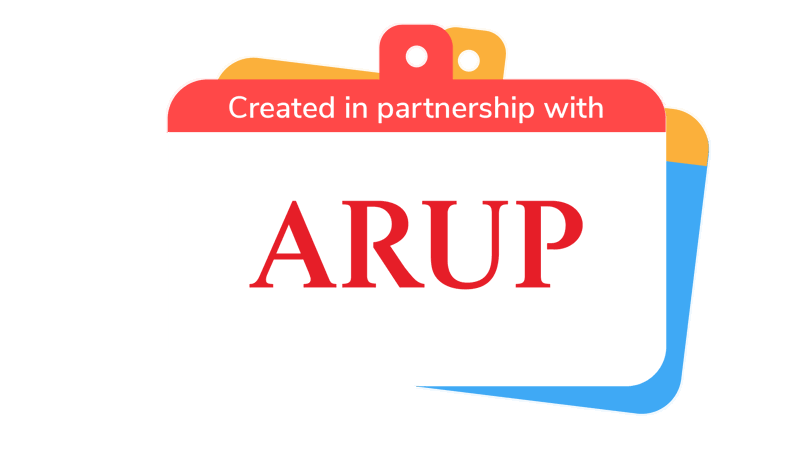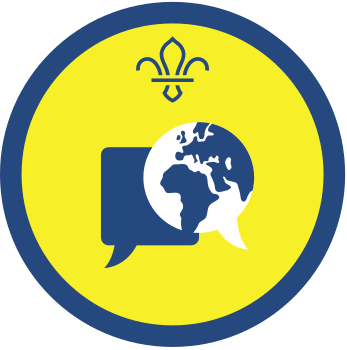
Water wash
You’ll need
- Scissors
- Cotton wool balls
- Clean, empty plastic bottles (two litres)
- Paper napkins
- Gravel
- Sand
- Soil
- Mud
Before you begin
- Make some dirty water by mixing soil, mud, and water in a large clear bottle. It’s even better if the soil contains bits of dried leaf, grass, and other debris. Shake it well to mix.
- Use scissors to cut the clean, empty plastic bottles. Cut the top third off—it doesn’t need to be an exact measurement as long as the bottom section of the bottle is noticeably bigger than the top part. You might find it easier to pierce the bottle with the point of the scissors first.
- Set up tables with the same equipment on each: one cut empty bottle, cotton wool, paper napkins, and gravel or stones. Set up one table for each group—it’s up to you how many groups you want to have.
Talk about water
- Everyone should think about the difficulties some people go through to access clean and safe drinking water.
- The person leading the game should explain that millions of people live without easy access to water.
Follow the above link 'Water, toilets and hygiene' to find out more information.
Make a water filter
- Everyone should split into groups and each group should go to a table with equipment.
You may want to give everyone a letter from ‘water’ or ‘H2O’ to create groups.
- Each group should put the top half of the plastic bottle (with the bottle top) upside down inside the bottom half. The top half should rest inside the bottom half, like a funnel. The funnel-like top half will be the filter, and the bottom half will hold the filtered water.
- The person leading the activity should show everyone the bottle of dirty water they’ll be filtering.
- Each group should decide what order to layer the materials in their funnel to make their filter. They can use as much or as little of each material as they like.
You may want to remind groups that the dirty water has things of different sizes and textures inside it. They’ll need to filter the bigger things (such as sticks and leaves) first, and then the smaller particles like dirt).
Test the water filters
- Once each group has finished their filter, the person leading the activity should test each one by slowly pouring some of the dirty water in the top.
Don’t forget to protect the floor (or table) with plastic sheets or newspaper, and clean up any spills right away so it doesn’t get slippery.
- Everyone should talk about which filters worked best, and why. They should rearrange the materials (or add or take away materials) to see what works best.
- The person leading the activity could rinse or wipe out the bottles, so everyone can have another go.
- At the end, the person leading the activity should get rid of all of the water by emptying it down a drain or sink. No one should drink the filtered water as it may still be unsafe.
Reflection
This activity reminded you that you’re an international citizen. The person leading the game might give you a cup of clean tap water to sip while you think about the activity. How far do some people travel to get clean water? Imagine having to walk a long way, and carrying heavy bottles or buckets home. What activities would you miss out on if you had to walk a long way to collect water? Imagine that the water in your cup is all you have for the whole day. Would it make you more careful with your water?
This activity was also a chance to practice problem-solving. How did you decide what to put into your filter first? Did you look at the dirty water to help you make decisions? Did you test the filter, and then change things based on the results?
Safety
All activities must be safely managed. You must complete a thorough risk assessment and take appropriate steps to reduce risk. Use the safety checklist to help you plan and risk assess your activity. Always get approval for the activity, and have suitable supervision and an InTouch process.
- Scissors
Supervise young people appropriately when they’re using scissors. Store all sharp objects securely, out of the reach of young people.
- Rubbish and recycling
All items should be clean and suitable for this activity.
- Gardening and nature
Everyone must wash their hands after the activity has finished. Wear gloves if needed. Explain how to safely use equipment and set clear boundaries so everyone knows what’s allowed.
- It’s up to you how much information you give the groups. You may want to prompt them to think about filtering out bigger pieces (for example, bits of leaf) first, or let them figure it out for themselves.
- Challenge the groups by asking them to choose just two materials to layer in their filter. Which are the most useful?
Make it accessible
All Scout activities should be inclusive and accessible.
Find out more about a community that has limited access to clean drinking water as part of your Community Impact Staged Activity Badge. Why not go on to plan action, take action, make more change, and tell the world?

